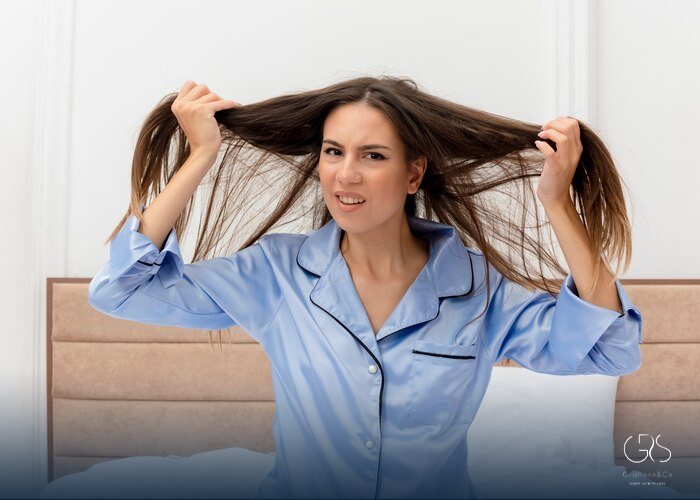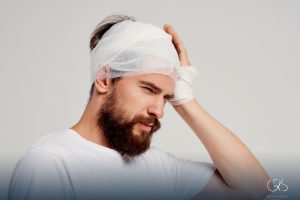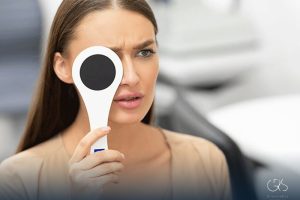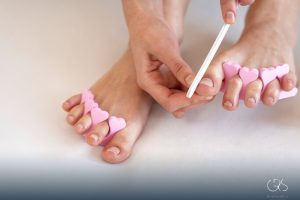Maintaining healthy and beautiful hair requires a diligent hair care routine. However, a common practice that many people overlook is the importance of not sleeping with wet hair. In this article, we will explore the real reasons behind this hair care advice, backed by relevant statistics and diverse perspectives.
The Damage of Sleeping with Wet Hair:
Sleeping with wet hair may seem harmless, but it can actually cause a variety of issues that can negatively impact the health of your hair.
1.Hair Breakage:
Wet hair is much weaker and more prone to breakage compared to dry hair. When we sleep with wet hair, the friction and movement against pillows or bedding can result in tangling and breakage. Over time, this can lead to hair thinning and a noticeable reduction in hair volume.

2.Fungal Infections:
Damp hair creates an ideal environment for fungal growth, such as dandruff and scalp infections. Sleeping with wet hair can further exacerbate these conditions, leading to itching, flaking, and discomfort. Regularly allowing your hair to dry fully can help mitigate these issues.
3.Hair Loss:
A study published in the Journal of Cosmetic Science found that sleeping with wet hair can increase the chances of hair loss. Wet hair is more susceptible to becoming entangled or pulled, leading to hair breakage and also potentially putting strain on the hair follicles.

3.Disrupted Sleep:
Sleeping with wet hair can also impact the quality of your sleep. The moisture from wet hair can make your pillow damp and uncomfortable. This discomfort may cause you to toss and turn during the night, leading to disrupted sleep patterns.
Diverse Perspectives:
While it is crucial to recognize the potential drawbacks of sleeping with wet hair, it is also important to consider diverse perspectives on this topic.
1.Cultural Practices:
Some cultures may have traditional hair care routines that involve sleeping with wet hair. For instance, some individuals with textured or curly hair may find it easier to style their hair the next day when they have slept with wet hair. It is essential to respect different cultural practices while still being aware of potential risks.
2.Hair Type:
Different hair types require varying care routines. Individuals with low-porosity hair, for example, can have more difficulty drying their hair thoroughly. In such cases, utilizing low-heat hair dryers or allowing extra time for natural drying may be recommended.
Conclusion:
Elevating your hair care routine starts with recognizing the importance of not sleeping with wet hair. The potential damage to your hair, ranging from breakage and hair loss to fungal infections, should serve as a reminder to prioritize a dry hair routine before bedtime. While it’s essential to acknowledge diverse perspectives and cultural practices, taking the necessary steps to let your hair air dry fully will help you maintain vibrant and healthy locks.
Sources
- National Library of Medicine, Hair Cosmetics: An Overview
- International Journal of Cosmetic Science, Lipid distribution and influence on hair structure





